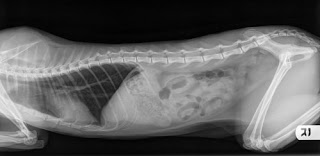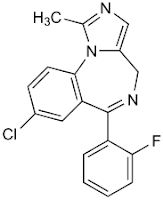We are looking for participants in an educational survey about two modules we wrote in the interactive iBooks format. The goal of the modules are to assist Emergency Medicine faculty, residents and medical students in better understanding the evaluation and work up of patients presenting with a suspected PE or minor head injury. The modules integrate primary sources from evidence based medicine, relevant clinical multimedia, interactive review questions and multiple layers of information for different levels of learner.
Interactive iBooks can be viewed on a Mac computer running OS X Mavericks, a new operating system released as a free software update last week, or on the free iBooks app (version 2 and up) on an iPad (mini or generation 2 or above with iOS5 or later). Interactive iBooks cannot be viewed on an iPhone.
To use on your desktop, download the file and open it using iBooks. To use on your iPad, open the link on the iPad, choose Download, then Open in iBooks.
At the conclusion of each module is a link to a brief survey that focuses on the usefulness of these devices for teaching in the healthcare setting. We are asking that you complete the respective survey by clicking on the link at the end of each module.
Participation in the survey is completely voluntary, you can decline to participate or stop your participation at any time, if you wish to do so. The study met criteria for exemption for informed consent by the Institutional Review Board, Temple University School of Medicine. Thank you. If you have any questions, please contact Dr. Wald at waldda@tuhs.temple.edu or 215-707-5879.










